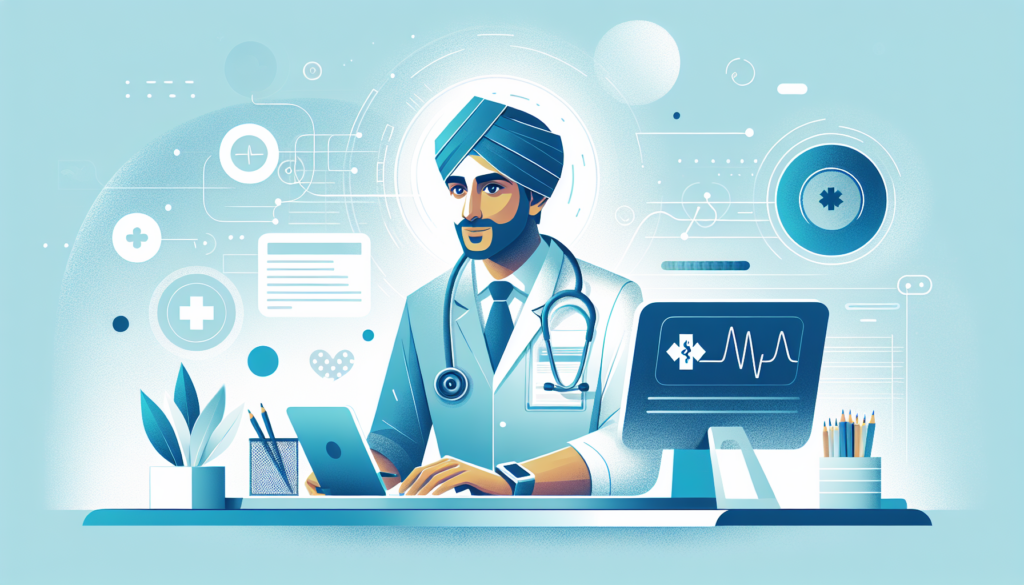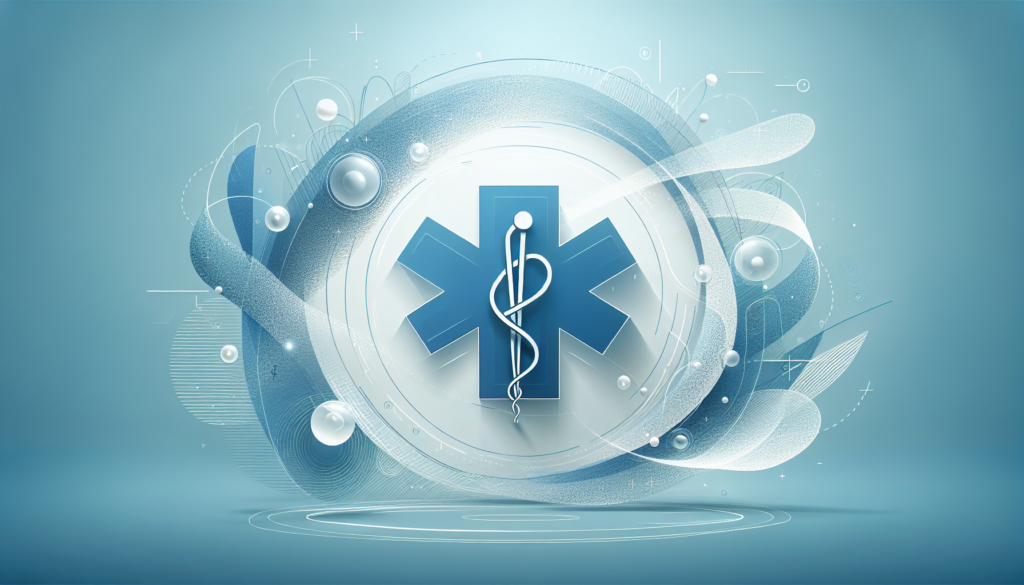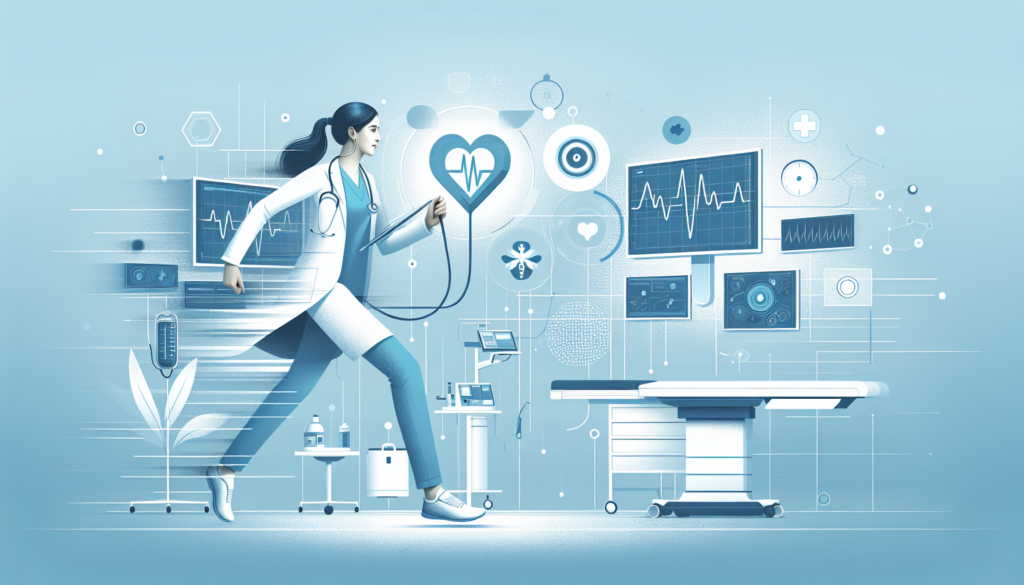The Path to Becoming a Home-Based Medical Transcriptionist
The journey to a career as a home-based medical transcriptionist begins with understanding the role and its significance within the healthcare industry. Medical transcriptionists are vital, as they transform spoken medical reports into written records, creating documentation that is critical for patient care and medical record-keeping. While this career offers the convenience of working from home, it requires a dedication to accuracy, a good grasp of medical terminology, and fast yet proficient typing skills.
Educational Foundation and Certification
To embark on this path, the first step is obtaining a solid educational background. Aspiring home-based medical transcriptionists often need a postsecondary certificate or associate degree in medical transcription, which includes coursework in anatomy, medical terminology, grammar, and legal issues pertaining to healthcare documentation. Many choose to further validate their skills by pursuing certifications like the Registered Healthcare Documentation Specialist (RHDS) or the Certified Healthcare Documentation Specialist (CHDS), awarded by the Association for Healthcare Documentation Integrity (AHDI).
* Postsecondary Certificate or Associate Degree
* Coursework in Medical Basics
* Certification: RHDS or CHDS
Acquiring Essential Tools and Skills
In addition to education, individuals aiming for this career need to cultivate a specific set of tools and skills. A high-quality headset and a foot pedal for audio playback control are essential for transcribing efficiently. Proficiency in word processing and familiarity with transcription software is also necessary. The most successful transcriptionists possess sharp listening skills, strong attention to detail, and the ability to type quickly and accurately.
* High-Quality Headset and Foot Pedal
* Proficiency in Word Processing
* Transcription Software Familiarity
It’s also important for those in this field to continue learning and staying updated with medical advancements and changes in healthcare documentation requirements. The home-based transcriptionist must be adaptable, maintaining a secure and efficient home office while adhering to strict confidentiality and HIPAA regulations. In summary, the role requires a balance of technical skills, specialized knowledge, and a commitment to ongoing professional development. Embracing these challenges is critical to building a rewarding home-based career in medical transcription.
* Commitment to Ongoing Learning
* Adherence to Confidentiality and HIPAA Regulations
* Secure and Efficient Home Office Set-Up
Educational Requirements and Certifications
Embarking on a career that intersects healthcare and technology starts with a strong educational foundation. Prospective professionals in the field of AI-powered medical documentation must typically hold at least a bachelor’s degree in a relevant field such as health informatics, computer science, or biomedical engineering. However, due to the specialized nature of medical note-taking and the intricacies of natural language processing, further education is often encouraged. Master’s degree programs or postgraduate certificates that focus on artificial intelligence, machine learning, and data analysis can provide a more in-depth understanding necessary to design and operate platforms like ScribeMD.
Relevant certifications offer added validation of expertise and commitment to the profession. Many organizations provide certification programs that bridge the gap between academic learning and practical skills. Certifications such as the Certified Professional in Healthcare Information and Management Systems (CPHIMS) or the Registered Health Information Technician (RHIT) credential signify a thorough understanding of healthcare IT best practices, medical terminology, and the legal aspects of health information management.
- Minimum Educational Requirement: Bachelor’s Degree in relevant field
- Advanced Education: Master’s or Postgraduate Certificate in AI, ML, and Data Analytics
- Certification Example 1: Certified Professional in Healthcare Information and Management Systems (CPHIMS)
- Certification Example 2: Registered Health Information Technician (RHIT)
Beyond degrees and certifications, professionals aiming to excel in AI-powered digital scribe technology need to commit to lifelong learning. The healthcare landscape is constantly evolving, as are the technologies used to capture and analyze medical data. Staying abreast of the latest advancements in software development, language learning models, and regulatory changes is critical. This often involves participating in continuous professional development through workshops, seminars, and industry conferences. Networking with other professionals and engaging with the broader AI and healthcare community also provides insight into emerging best practices and innovations that drive the industry forward.
- Lifelong Learning: Commitment to continual professional development
- Professional Development: Workshops, seminars, and industry conferences
- Community Engagement: Networking and staying updated with industry trends
Setting Up Your Home Office for Medical Transcription Success
Establishing a functional home office is crucial for those in the medical transcription field. The right environment can dramatically increase productivity and decrease the likelihood of errors—key concerns in the realm of medical documentation. When setting up your home office, start by selecting a quiet, distraction-free space. This may require soundproofing or the use of noise-cancelling headphones to ensure an environment conducive to focused work. Appropriate lighting, too, is non-negotiable. The space should be well-lit with natural light if possible, but with ample overhead and desk lighting to avoid eye strain during long transcription sessions.
Next, invest in ergonomic furniture and equipment. Since medical transcriptionists spend considerable time typing, it’s essential to prevent repetitive strain injuries. An ergonomic chair that supports good posture, an adjustable desk to facilitate standing or sitting, and a keyboard and mouse designed to minimize wrist strain are all wise investments. Equipment quality extends to the transcription tools themselves. A high-quality headset that can clear away background noise and a foot pedal to control playback allow for seamless and efficient transcriptions. Moreover, a fast, reliable computer with up-to-date transcription software ensures that you’re able to leverage technologies, perhaps like those available through Scribemd.ai, to full effect.
Organization is pivotal in making any home office work effectively, especially within the realm of medical transcription. This involves not only physical organization—such as a properly ordered desk and easily accessible filing systems—but also digital organization. Implement a strict file naming convention and archive system on your computer to ensure that documents can be found quickly and are not lost among personal files. Additionally, ensure you have a robust, secure internet connection to handle the uploading and downloading of large audio files—and to maintain HIPAA compliance through secure communications channels and data storage solutions.
Finally, establishing clear boundaries around your home office space is of paramount importance for sustaining a work-life balance and maintaining professionalism. It can be too easy to blur the lines between personal and professional time when working from home. Therefore, set defined work hours, communicate those to your family or housemates, and be disciplined about adhering to them. This structure helps to prevent burnout and ensures that your home office is synonymous with productivity, efficiency, and the highest standard of medical transcription work possible.
| Key Takeaway | Implementation |
|---|---|
| Quiet, well-lit space | Soundproofing, noise-cancelling headphones, natural and artificial lighting |
| Ergonomic furniture and equipment | Ergonomic chair, adjustable desk, wrist-friendly keyboard/mouse, high-quality headset, foot pedal |
| Digital and physical organization | Structured filing system, secure internet connection, HIPAA-compliant data management |
| Boundaries for work-life balance | Defined work hours, communicated boundaries, disciplined schedule adherence |
Essential Skills for a Medical Transcriptionist Working Remotely
Working as a medical transcriptionist remotely requires a unique set of skills that go beyond the standard qualifications of the profession. With the rise of telecommuting, these individuals must exhibit a high degree of self-motivation and discipline to manage their responsibilities effectively from home. Proficiency in medical terminology is, of course, a given, as is fast and accurate typing. However, remote medical transcriptionists must also be adept at using various medical transcription software and electronic health record (EHR) systems, which allow them to work efficiently off-site. Moreover, these professionals need to possess a strong understanding of the healthcare documentation guidelines and legal requirements surrounding patient confidentiality, such as HIPAA regulations, to guarantee all medical records are handled with the utmost discretion and security.
Digital Literacy and Technical Proficiency are also paramount. In the comfort of their own space, transcriptionists must be their own IT support, troubleshooting any software or hardware issues that may arise. This skill set ensures minimal downtime, providing a seamless transition from recorded audio to well-structured medical documentation. Furthermore, remote workers should showcase excellent time management skills, being able to prioritize tasks and adhere to strict deadlines.
– Proficient use of transcription software and EHR systems
– Ability to troubleshoot technical issues independently
– Strong time management and task prioritization
Effective communication is another cornerstone for success in this field. Remote transcriptionists often communicate with healthcare providers via email or secure messaging to clarify any uncertainties in dictations. As such, they must be expressive in their written communication and responsive to prevent any delays in the documentation process. Additionally, strong listening skills are vital, as they need to interpret various accents and dialects precisely, as well as understand the context of complex medical procedures or terminology from audio recordings.
– Clear and concise written communication
– Highly-responsive to queries and clarifications
– Acute listening skills to interpret and transcribe accurately
To supplement these core competencies, it is invaluable for remote medical transcriptionists to engage in continuous learning to keep up with the latest medical jargon and transcription technologies. The field of medicine is fast-paced and always evolving, and as such, professionals must remain up to date with new drugs, treatments, and healthcare protocols to ensure accuracy in transcription.
– Commitment to ongoing education
– Up-to-date knowledge of medical terms and treatments
– Adaptability to new transcription methodologies and technologies
| Key Skill | Description |
|---|---|
| Self-motivation and Discipline | Necessary for managing work-from-home responsibilities effectively. |
| Proficiency in Medical Terminology | A foundational requirement for producing accurate medical documentation. |
| Knowledge of Healthcare Documentation Guidelines | Understanding of HIPAA and other legal standards to ensure patient confidentiality. |
| Digital Literacy and Technical Proficiency | Essential for using various software and troubleshooting independently. |
| Time Management Skills | Key for prioritizing tasks and adhering to deadlines when working remotely. |
| Communication Skills | Clear written communication and responsiveness for clarifications are crucial. |
| Listening Skills | Ability to interpret dictations with varying accents and complex terminology. |
| Commitment to Continuous Learning | Staying informed with the latest developments in medicine and technology. |
Finding Work and Growing Your Career as a Remote Medical Transcriptionist
The healthcare industry continues to evolve, with a growing emphasis on telehealth services and remote work opportunities, including the niche of medical transcription. A remote medical transcriptionist plays a critical role in transcribing and converting voice-recorded medical reports into written text. However, finding work as a remote transcriptionist differs from traditional job hunting and demands a targeted approach to discover opportunities well-suited to your skill set. There are numerous platforms where employers post listings for transcription roles, including medical-specific job boards and larger career websites. Actively networking within professional groups and attending virtual career fairs within the healthcare industry can also open doors to new opportunities.
Growing your career as a remote transcriptionist requires a combination of skill enhancement and professional development. Advancing in the field often necessitates keeping abreast with the latest medical terminologies, technological tools, and industry regulations. Certifications from recognized accreditation bodies can give you an edge over competitors and show potential employers your commitment to maintaining high standards of accuracy and privacy. Gaining additional qualifications, such as those related to healthcare documentation or electronic health records, can not only expand your skill set but also broaden the spectrum of job roles you can apply for, thereby providing a platform for career growth.
Upskilling Technologically is equally important; familiarizing yourself with the latest tools and software can enhance your productivity and quality of work. As an industry reliant on accuracy and speed, proficiency in speech recognition software and understanding the intricacies of medical transcription platforms are invaluable. Continuous learning through webinars, online courses, and workshops can further enhance your expertise, making you a valuable asset to any medical team. It’s essential to not only focus on initial employment but also on long-term career development, as this field is dynamic and requires ongoing adaptation to the latest healthcare practices.
Remember, the objective isn’t just to find any job, but to build a career pathway tinted with successive achievements and increased responsibilities. This career stratification is paramount for professional growth in the long-term. Hence, charting a clear trajectory and pursuing specialized, high-demand areas such as oncology transcription or pediatric reports can help you stand out. Additionally, considering freelance pathways or setting up your own business can offer autonomy and the potential for higher income, albeit with the additional responsibilities of entrepreneurship, such as client acquisition and service marketing. As remote work becomes increasingly prevalent, so does the opportunity for transcriptionists to strategically position themselves on the map of medical transcription services.



